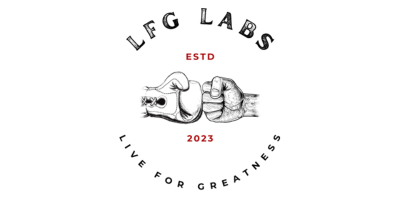The Role of Tradition in Modern Martial Arts
Martial arts have a rich history, deeply rooted in various cultures around the world. While modern training methods and competition styles have evolved significantly, the influence of traditional practices remains strong. This article explores how tradition shapes contemporary martial arts, blending time-honored techniques with modern philosophies to create a dynamic training experience.
Historical Foundations
Every martial art carries with it the history of its origin, often tied to the cultural, social, and political contexts of the time. For instance, the roots of karate trace back to Okinawa, where it was influenced by indigenous fighting styles and Chinese martial arts. Similarly, Brazilian Jiu-Jitsu evolved from Japanese jiu-jitsu and was adapted by the Gracie family to suit their needs.
These traditional forms not only encompass techniques but also philosophies that emphasize discipline, respect, and self-improvement. As practitioners step onto the mat or into the ring, they engage with these historical narratives, cultivating a deeper understanding of the art they practice.
Core Principles and Values
At the heart of many traditional martial arts are core principles such as respect, humility, and perseverance. These values are essential not only for personal development but also for fostering a supportive community. In modern martial arts training, instructors often incorporate these principles into their lessons, emphasizing that skill development goes hand in hand with character building.
For example, in a Brazilian Jiu-Jitsu class, practitioners are encouraged to bow upon entering and leaving the mat, signifying respect for the space and the art. Such rituals, rooted in tradition, create an atmosphere of camaraderie and mutual respect among students, regardless of their skill level.
Techniques and Training Methods
Traditional martial arts often employ unique techniques and training methods that have stood the test of time. For instance, the use of kata (forms) in karate serves not just as a means of practicing techniques, but also as a way to preserve the art’s historical lineage. These forms provide a structured way to understand movement and develop muscle memory, which remains valuable even in today’s competitive environments.
In modern MMA, fighters may draw upon techniques from various traditional arts, integrating striking, grappling, and submissions into their training. The ability to adapt these traditional techniques into a contemporary framework highlights the fluidity and versatility of martial arts.
The Balance Between Tradition and Innovation
While tradition is vital, the evolution of martial arts is equally important. Many modern schools and gyms have adapted traditional practices to meet the needs of today’s practitioners. This might involve the incorporation of strength and conditioning programs, mental training, or even the use of technology for analyzing performance.
For example, some schools now utilize video analysis to improve technique, combining traditional instruction with modern technology. This blend helps practitioners refine their skills more effectively while still respecting the art’s historical roots.
Cultural Preservation and Globalization
As martial arts have spread globally, they’ve encountered various cultures and training philosophies. This globalization has prompted an exchange of ideas, leading to innovative adaptations while still honoring traditional practices. Schools worldwide often celebrate their heritage through competitions, seminars, and events that highlight traditional forms and techniques.
The global martial arts community fosters an appreciation for diverse practices, allowing practitioners to learn from one another while retaining the essence of their traditional roots. This cultural preservation ensures that the teachings of the past continue to influence future generations.
The role of tradition in modern martial arts is both profound and complex. While contemporary training methods and philosophies have transformed the way martial arts are practiced, the foundational elements of respect, discipline, and historical awareness remain integral. By honoring these traditions, modern martial artists can cultivate a deeper connection to their practice, enriching their training experience and fostering a strong sense of community.
In a world where change is constant, the balance between honoring tradition and embracing innovation allows martial arts to thrive, ensuring that the wisdom of the past continues to shape the future of this dynamic discipline.

